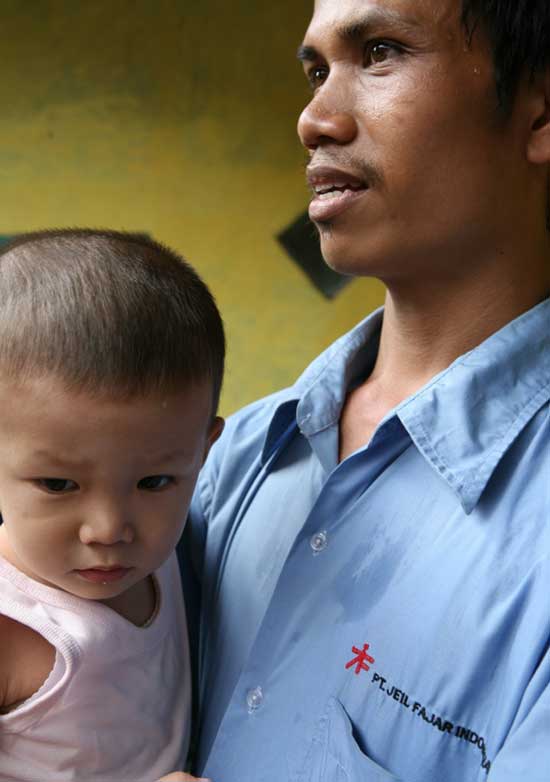

Target Asia
Asian campaigners join forces to fight deadly asbestos trade
Every year, over half of all asbestos used worldwide is consumed in Asia. But it is a deadly trade that is facing unprecedented and coordinated opposition. In April 2009, over 200 asbestos campaigners from 24 countries met in Hong Kong to devise a strategy to deliver an end to asbestos use and to secure justice for those whose lives have been devastated by the trade.
The event, organised by the International Ban Asbestos Secretariat (IBAS), the Asia Monitor Resource Centre, the Hong Kong Federation of Trade Unions and the Association for the Rights of Industrial Accident Victims (ARIAV), had the support of regional ban asbestos campaign organisations. It also had the backing of the global union federations for construction, BWI, and metal trades, IMF.
“In recent years, mobilisation by asbestos victims’ groups has achieved major successes in Japan and Korea, the only two countries in the region which have banned asbestos,” the conference organisers report. “Working with social partners, these groups have highlighted the existence of national epidemics, raised public awareness of asbestos problems and lobbied governments to address a range of social political and scientific issues.”
But they say there’s still a long way to go. “Aggressive campaigns by vested interests led by Canada, Russia and Brazil – asbestos producing countries – have increased industry’s profits at the expense of hazardous exposures experienced by workers and community members.”
According to Professor Ken Takahashi, of Japan’s University of Occupational and Environmental Health, the continent is increasingly the destination of choice for asbestos exporters. In 1985, it accounted for just 19 per cent of global asbestos consumption. By 2000, Asia’s share was 47 per cent and lately has been consistently over 50 per cent.
Asia’s asbestos crisis requires an Asia-wide response – and that is set to be delivered by the Asian Ban Asbestos Network (A-BAN), formed at the conference. IBAS co-ordinator Laurie Allen notes: “The birth of A-BAN means that Asian victims will no longer be alone; as part of a regional campaigning network they will have the information and critical mass to expose the polluters, demand public recognition of their injuries and force governments to provide the medical care and financial support they need.”
.

LAWLESS Massive asbestos exposures in Indonesia aren’t necessarily going to get firms into trouble – the country does not have an asbestos safety law. A protestor stands outside the PT. Jeil Fajar asbestos textile factory.

LAWLESS 2 An employee of the PT. Jeil Fajar asbestos textile factory wearing his work clothes cradles his young child.

GLOBAL PROTEST Hundreds of asbestos activists from 24 countries protested in Hong Kong on Workers’ Memorial Day 2009. The 28 April event marked the conclusion of the Asian Asbestos Conference. The event saw the creation of the Asian Ban Asbestos Network (A-BAN).

DEADLY LOAD Brazil is the world’s 4th largest asbestos producer. This container load of raw fibre, caught by the authorities, was part of an illegal shipment intended for Asia.

KOREAN CAMPAIGN 1 Jung Ji-Yul is a victim of the deadly lung scarring disease asbestosis – and a fighter for justice. He is a leading member of the Korean National Network of Asbestos Victims and Families and is active in Ban Asbestos Network Korea (BANKO).

KOREAN CAMPAIGN 2 Ban Asbestos Network Korea (BANKO) activists join forces with members of Ban Asbestos Network Japan (BANJAN) in a protest outside the Japanese asbestos multinational Nichias.

STITCHED UP Asbestos workers in Asia frequently work without any protection, and are fired if they become sick.
Hazards issue 109
Target Asia
Photofile
Hazards working world webpages
Further information
Asian Asbestos Conference 2009, IBAS report, Laurie Allen, November 2009. [pdf]
International Ban Asbestos Secretariat: www.ibasecretariat.org






